Simple launch characteristics. The wing inflates easily and climbs straight above the pilot without a tendency to overshoot which makes learning to launch (forward or reverse) particularly simple and safe.
Roll damping. Roll basically means "rocking to the left and right" under the wing. This maneuver is practised during paragliding instruction. However, accidental roll should be avoided. The roll damping keeps the glider on track in straight flight - this is especially important for beginner gliders, because it allows the pilot to concentrate on controlling the wing. For example, this also makes the landing approach easier.
Student Riser. These risers offer the following useful colour-coding: green and red markings which are also found on the attachment points of our harnesses help to prevent clipping-in incorrectly. The correct lines to pull for big ears and a B-line stall are indicated on the maillon. The colours of the line areas (A, B and C) are continued on the riser.
Adjustable Handles. Individually adjustable brake handles facilitate correct gripping and direct brake input. The ball of the hand and the brake line should form a line. This makes launching easier, improves the "feeling" for the wing and as a result, increases flight safety. Alternatively, the Adjustable Handles can be used exactly in the same way as our standard brake handles.
Brake Travel Indicator (BTI). The colour gradient (from green to yellow to red) enables the pilot for the first time to correctly dose the brake travel by means of visual control. This can help to prevent accidental stalling. The green and yellow area are used for steering, the red area is for the flare when landing.
Mini-Ribs. Mini-ribs increase the number of cells in the rear wing area and thus provide an aerodynamically optimised trailing edge. The mini-ribs also help to keep the brake pressure moderate.
Mid Cell Rods. The clever placement of nylon reinforcements in the middle of each cell make for even better launch characteristics. This is the first time in the PRION series they have been used.














 Blue
Blue
 Lime
Lime
 Orange
Orange
 Sangria
Sangria
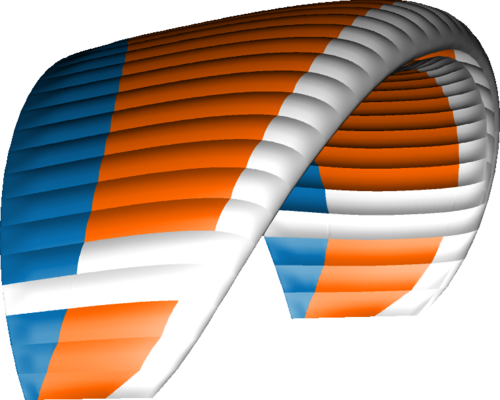







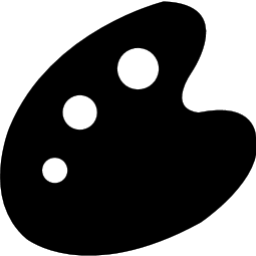

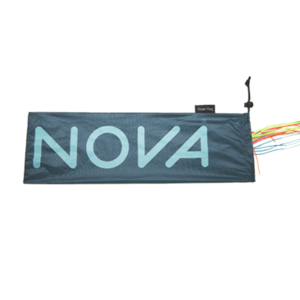 NOVA Riser Bag.
NOVA Riser Bag.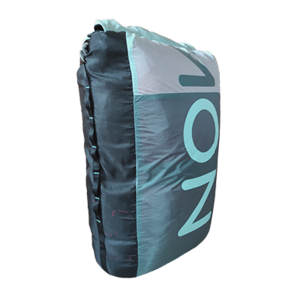 NOVA Stuff Sack.
NOVA Stuff Sack.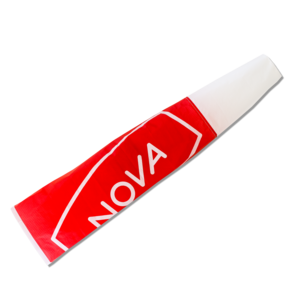 NOVA windsock.
NOVA windsock.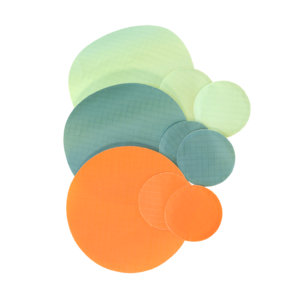 Repair kit.
Repair kit.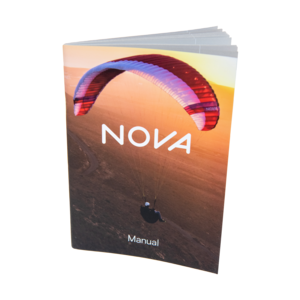 Manual.
Manual.